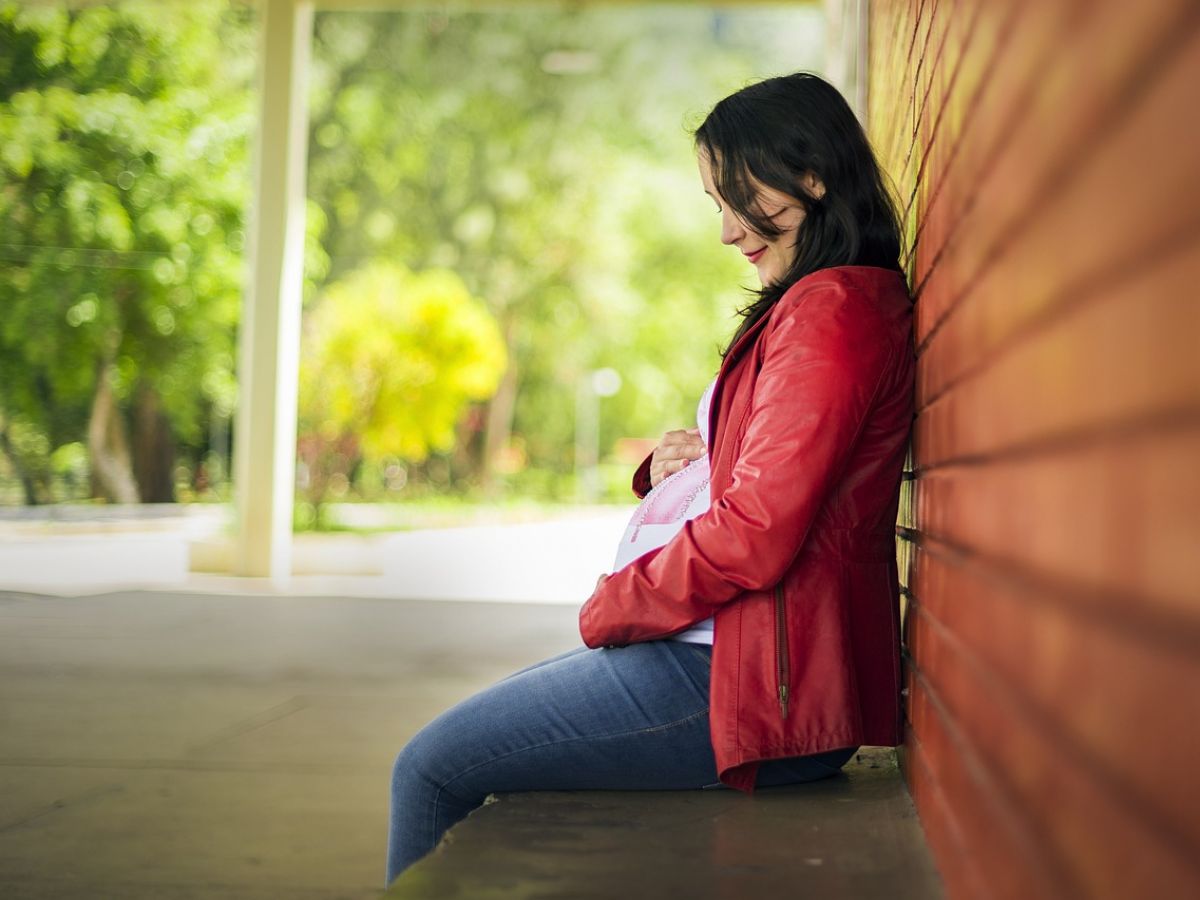The goal: collect the most watermelons or pumpkins in the video game Minecraft (see the box below). Behind a test that may seem fun, there is actually a real social experiment, and more specifically, an experiment on human learning.
The study, published in the journal Nature Communications by an international team, sought to understand the mechanism of social and asocial learning. The researchers then went through the search for food, to reproduce a realistic task.Many previous studies used tasks where there were only two options. But real-life environments are much more dynamic.", explains Charley Wu, a cognitive science researcher. In addition, studies on social learning do not take into account individual learning, and vice versa.
Read alsoVideo games: well-being or ill-being, a link still questionable
In the experiment, a total of 128 participants were asked to destroy watermelon or pumpkin blocks. The goal was not just to destroy them, but to collect a reward that appeared as small blue swirls above the player, visible to other avatars. These blue resources, hidden within the blocks, were distributed differently. Depending on the cards, the rewards were placed either randomly or grouped together. At the start of each round, players knew whether they were working alone or in a group.
The video game Minecraft, developed by Swedish artist Markus Persson, is the best-selling game of all time, having sold over 300 million copies in 2023. The player evolves in a world made of blocks made of different materials, populated by animals and monsters. Structures and objects can be modified and created with these same blocks.
Observe others or focus on yourself
"Minecraft's immersive setting creates a realistic compromise between watching others succeed or fail and focusing on finding your own," presents Charley Wu.
And when faced with the choice between observing others and progressing alone, which is the best solution? In fact, there is no single strategy: the winners constantly changed their strategy to adapt to the situation.
To determine this answer, the researchers measured several factors, including participants' gaze, movements, and search choices. Using these parameters, they built a dynamic social network and were thus able to predict the players' next moves.
Read alsoNo brain needed to learn: jellyfish prove it
Minecraft and the Power of Video Games in Scientific Research
Minecraft had already been the subject of scientific studies, especially on the educational power of play, " but never in a carefully controlled experiment to my knowledge,” says Charley Wu.
He also wants to continue studying experiments in virtual environments. Because the continuation of this study on social learning on Minecraft would be to extend this mechanism, to see how it passes from generation to generation. The researcher worked in particular on technological development and its decline with data from video games One Hour Life, where each minute of play represents a whole year on the multiplayer server. The goal is then to develop a community with other players (and to die as late as possible).
The use of video games in this context is a significant opportunity for science.It's a real boulevard”, says Raphaël Granier de Cassagnac, physicist, writer and creator of the video game Exographer when he chaired the “Science and Video Games” chair at Polytechnique.
Video games can indeed be testing grounds: “Using players' experience, we carry out studies on human behavior, in psychology, or even in epidemiology", supports the physicist, citing the example of a virtual pandemic caused by a bug in the game World of Warcraft in 2005. The incident had interested epidemiologists and led to the publication of a study in The Lancet on the potential of virtual worlds to shed light on real epidemics…
